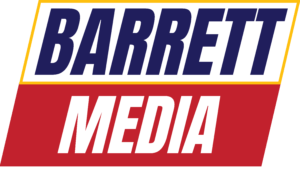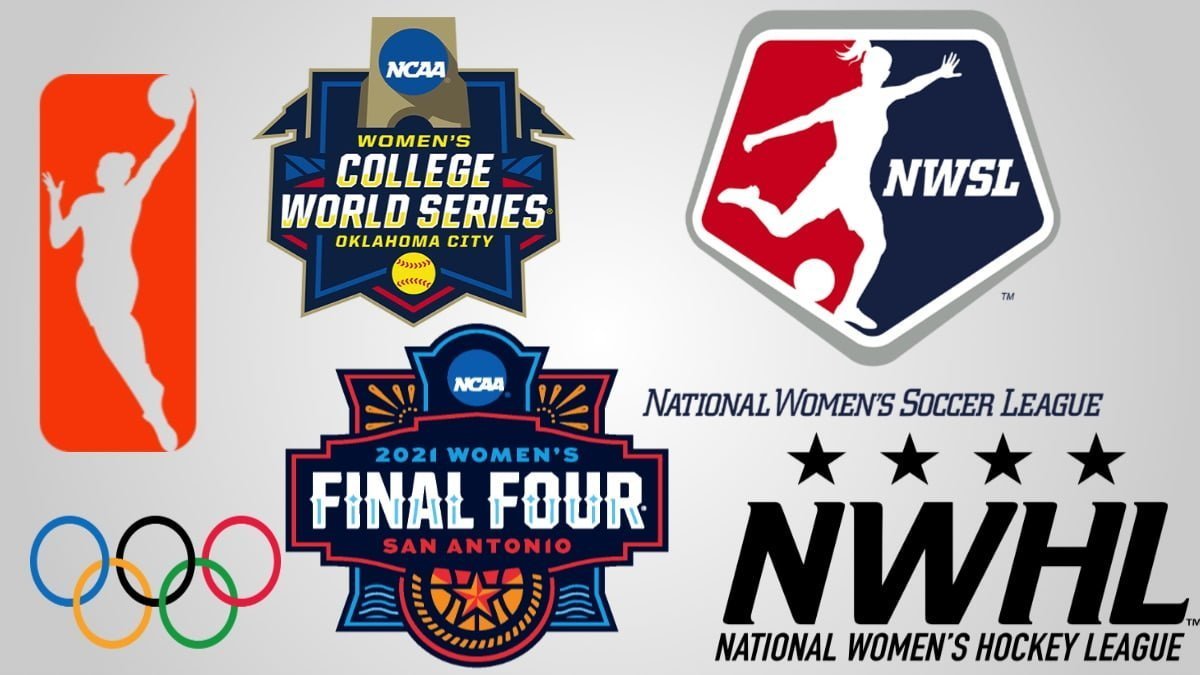If you work in sports media, you get asked all the time about how to catch a break. When I was fresh out of college, Seymour Siwoff, the legendary late longtime owner of Elias Sports Bureau, advised me to go into accounting instead of this business, but if I insisted on it to have an “angle”. What this meant was to find a niche covering something where either the public has more interest in the topic than is served, or jump in early on a growing space as Elias was decades ahead of the curve in pioneering statistical compilation and analysis. Clearly, gambling is one of those growing spaces, and I discussed last month how the proliferation of the industry has given top talents unprecedented leverage. Furthermore, the next decade will assuredly bring considerable opportunities for aspiring broadcasters and journalists to become stars in coverage of women’s sports.
Women’s sports are in a fascinating position where they’ve already experienced exponential growth for the past generation, but might still be in the first few innings — there remains ample runway. As female athletes become bigger and bigger stars, media jobs will pop up in their orbits.
Allison Galer, founder of the agency Disrupt the Game, which represents Lisa Leslie, Chiney Ogwumike, Crystal Dunn, Liz Cambage, Chelsea Gray and other women involved in sports, has advice for media job seekers: “Just figuring out how to differentiate yourself and create value, just leaning into what makes you different from everyone else that’s trying to get into sports. Obviously, if someone has an interest in women’s sports they should dive right into it because the opportunities are going to continue to grow.”

Sharon Chang, a partner and broadcasting agent at WME whose clients include Taylor Rooks, Cari Champion, Stephanie Ready, and Michele Tafoya, says she is “very bullish” about the future of women’s sports.
“It will only continue to grow because female athletes are extremely compelling to watch. They’re fierce. They’re now freely speaking their truth. They’re able to use social media to amplify their voices. They’re not afraid to go against the grain and the system.
“As long as female athletes who are vocal continue to authentically share their stories and excite fans with their physical prowess, mental toughness and grace during game play, then networks, streamers and other media and digital platforms would want to continue to cover them. The popularity of the women playing these sports will help drive it—and the upcoming Olympics in Japan should help as well. I’m very bullish about the future of women’s sports.”
You can see this growth happening all over the place. Without making a value judgment for or against her stance with the media at the French Open, the fact that the Naomi Osaka story is massive news in and out of the sports bubble is a sign of how enormous an international star she is. The College Softball World Series aired on ABC for the first time ever this past weekend. The LA Sparks inked the WNBA’s first ever beer sponsorship, with Molson Coors, in March. Endorsement deals for individual women athletes are all over the place, including many spots airing during NBA playoff games. Barstool Sports recently navigated the NCAA compliance maze and hosted a women’s golf tournament (whether you love or loathe Barstool, you can’t deny that from a business perspective they skate to where the puck is going). Sasha Banks and Bianca Belair main evented a night of WrestleMania. The NWSL is expanding to add a 12th team, in Sacramento.
“WNBA games actually aired on Lifetime as well as Oxygen in the early 2000’s. Now the league is partnered with ESPN and CBS Sports Network, along with some games airing on broadcast TV nets like ABC and CBS,” the WME agent Sharon Chang noted in discussing how far the league has come in its 25 years.
Certainly, many media members cover women’s sports very well on TV and in print, and it bears mentioning that the site “Just Women’s Sports” raised $3.5 million in funding from investors like DraftKings and Kevin Durant’s Thirty Five Ventures a couple months ago.
Nevertheless, it feels like there is a massive brass ring to be snatched by someone who wants to be the Woj, Shams, Schefter, Rapoport, or Passan — cover the WNBA, NWSL, and other women’s sports. If you’re in college right now, I’m certainly not gonna tell you that you couldn’t become the next Woj, but I’d reckon it’d probably take you at least a couple decades to accomplish (Shams’ success in his 20s is a huge outlier unlikely to be replicated anytime soon). Contrastly, an aspiring newsbreaker with talent, 24/7 hustle, and also some luck could be a marquee source for WNBA or NWSL scoops by the next presidential election.

“It’s a relationship business, and really an in-person business,” says Disrupt the Game founder Allison Galer. “Even throughout the pandemic you could get on a Zoom or hop on FaceTime. The agents, executives, players, etc. are only going to give information out when it serves a purpose, and to people they trust. And now they have the choice between sharing information with media members or choosing to put out information on athletes’, executives’ or agents’ own social platforms, in their own words. With Woj and Shams what’s been awesome for me to see and learn is that they’re everywhere. They’re constantly talking to people. They make the effort and they hustle. It’s not like they’re sitting at home waiting for the phone to ring — they are out there trying to make it happen.”
“The WNBA and the NWSL both have some amazing media that are working super hard every day to cover these leagues and athletes,” Galer continues. “As the WNBA and NWSL both continue to grow, I have no doubt there is room for each league to have their own unique versions of media personalities to mirror in a sense what Woj and Shams have been able to do in the NBA, and that ultimately they will work to grow the WNBA and the NWSL with great, honest media coverage.”
I would bet on the WNBA in particular to have an economic boom in the next decade for a number of reasons. There are currently only 12 teams. Big markets like Houston, Miami, Philadelphia, Boston, San Francisco, Detroit, and Denver don’t have a franchise, nor do states like Wisconsin and Tennessee, which support collegiate women’s sports. The other key is that the increased investment and exposure of the sport has ensured that there is more than enough talent coming up through the youth and college ranks to sustain expansion without going too far in diluting the quality of play.
Brooklyn Nets owner Joe Tsai reportedly bought the New York Liberty for under $15 million in 2019. Even if the league is not currently profitable, I predict that their TV deals will grow a lot in the coming years. Furthermore, with the way that assets have boomed in the past couple years, there will be a lot of business people for whom the intangible value of owning a WNBA team is far greater than what Tsai paid for the Liberty. I could easily see 12 teams becoming 20, and $15 million franchise valuation becoming $50-100 million, between now and 2035.

But back to the main topic at hand: More women’s sports getting broadcasted across linear and streaming networks, with bigger stars, and increasing athletic talent will create jobs for play-by-play announcers, color commentators, directors, producers, and journalists who are looking to make it in the sports media industry.
Ryan Glasspiegel is a contributor for BSM. He has previously worked for Outkick, The Big Lead, and Sports Illustrated. In addition to covering the sports media business, Ryan creates promotional products for brands and companies including t-shirts, hats, hoodies, and various types of swag. For business inquiries email him at Glasspiegel.Ryan@gmail.com or find him on Twitter @sportsrapport.









